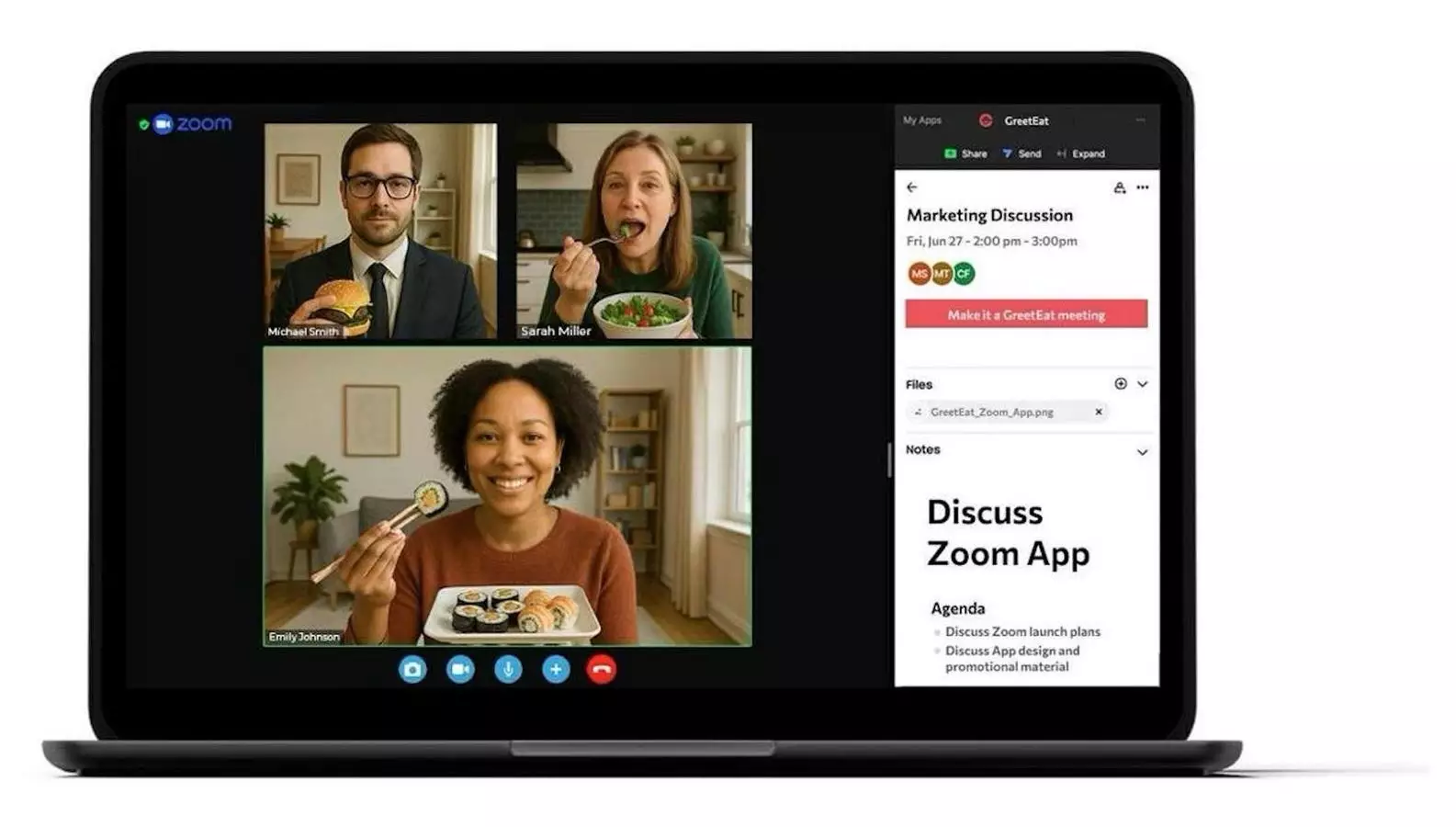In the rapidly evolving landscape of remote work, organizations have excelled at maintaining productivity through technology but often overlook an essential component of human connection: shared experiences around food. The pandemic has amplified this disconnect, stripping away the casual camaraderie fostered by spontaneous coffee breaks, team lunches, and informal chats over snacks. These moments, seemingly small, serve as vital social glue—building trust, fostering collaboration, and strengthening organizational culture. Their absence leaves a palpable void, rendering virtual interactions sterile and impersonal.
The challenge is clear: how can companies restore the warmth, spontaneity, and bonding that meals once provided? More than just a matter of convenience, shared meals are a fundamental aspect of social cohesion. They humanize digital interactions, bridging the emotional gap that virtual meeting rooms often create. Yet, logistical hurdles—such as coordinating orders across different locations, managing reimbursements, and ensuring timely delivery—have historically impeded efforts to reintroduce this element into remote work environments.
Innovative Solutions: Reimagining Virtual Dining
Enter GreetEat, a platform pioneered to address these shortcomings by seamlessly integrating food ordering into virtual meetings. Spearheaded by Vishal Patel, a tech-savvy entrepreneur with a background in communications and logistics, GreetEat transforms a simple concept—sharing a meal—into a scalable, hassle-free digital experience. The platform attaches meal vouchers to scheduled video calls, allowing participants to order from local restaurants via Uber Eats or other partners. This approach eliminates the tedious process of individual reimbursement, receipt tracking, and order management, providing a frictionless experience for both employees and employers.
What sets GreetEat apart is its recognition of food not merely as a perk but as a strategic tool. By aligning meals with work events—be it onboarding sessions, brainstorming meetings, or team celebrations—it creates opportunities for authentic connection. The platform’s design emphasizes efficiency, with a centralized interface that handles scheduling, order tracking, and expense reconciliation. This innovation addresses the logistical pain points that have hindered prior efforts, bringing a level of professionalism and scalability to what was once an informal gesture.
The Cultural Significance of Dining in Virtual Settings
Food has always played a pivotal role in fostering community. Whether it’s a shared dinner, a coffee break, or a celebratory cake, these moments contribute to a sense of belonging and trust. As organizations adopt hybrid or fully remote models, the absence of physical proximity risks diluting these cultural bonds. Researchers like Mark Mortensen and Heidi K. Gardner have underscored the importance of the human touch in virtual environments, emphasizing that the lack of shared physical experiences can hinder team cohesion.
Through platforms like GreetEat, companies are attempting to recreate that cultural fabric digitally. The act of ordering and sharing a meal, even virtually, becomes a symbolic gesture—signaling care, appreciation, and an investment in employee well-being. This is particularly critical for onboarding new hires, who often miss out on the informal socialization that occurs in traditional office settings. By incorporating virtual dining into onboarding, organizations can foster relationships from day one, making new employees feel connected and valued.
Strategic Advantages and Broader Implications
The adoption of virtual dining solutions carries tangible benefits beyond mere social bonding. Empirical data suggests that providing food can significantly boost engagement and attendance during virtual meetings. A recent report noted that meetings with meal incentives see upticks in participation by as much as 60%. This heightened engagement translates into more productive discussions, clearer communication, and stronger team dynamics. Furthermore, by streamlining the logistical aspects of food provision, companies reduce administrative burdens on HR departments, freeing up resources for more strategic initiatives.
From a talent management perspective, innovative perks like virtual meals serve as powerful differentiation tools—particularly appealing to younger, remote-first workers who prioritize flexibility and authenticity. Offering a simple yet meaningful utility demonstrates a company’s commitment to employee experience, which can influence hiring decisions, retention, and overall job satisfaction.
However, integrating food into the remote work culture is not without its challenges. Companies must consider cultural preferences, dietary restrictions, and logistical constraints, especially for geographically dispersed teams. The success of these initiatives depends on thoughtful implementation and a genuine understanding of employees’ needs. Moreover, the concept of food as a productivity driver pushes against traditional perceptions—challenging organizations to value these social investments as integral to operational success, not as peripheral perks.
The Future of Connectivity: Food as a Catalyst
As remote work persists and organizations seek sustainable ways to foster community, the role of shared meals is poised to grow in significance. Platforms like GreetEat not only fill a current gap but also redefine the boundaries of workplace culture. They demonstrate that even in a digital age, the human desire for connection remains profound—and that technology, when thoughtfully applied, can serve as a bridge.
This ongoing evolution urges businesses to reconsider what constitutes a supportive and engaging work environment. The simple act of sharing a meal might seem trivial, but it encapsulates a fundamental truth: human connection thrives on shared experiences. By reimagining dining as an integral part of remote engagement, companies can cultivate a more inclusive, cohesive, and resilient workforce—one that recognizes the power of nourishment, both physical and social.
Embracing virtual shared meals is more than a trend; it’s a strategic move toward cultivating authentic relationships in a digital world. Those willing to innovate and prioritize these human elements will find themselves ahead in the race for talent, loyalty, and sustained productivity.


Leave a Reply